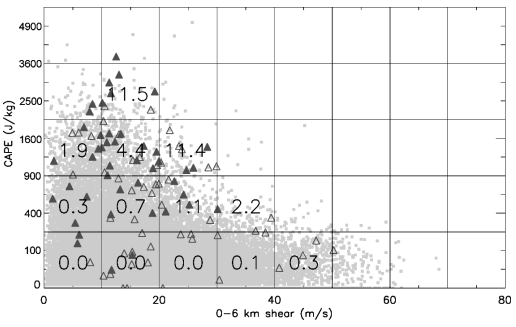
Fig. 2.7. Large hail. Source: NOAA photo library.
Hailstones can cause serious damage. Stones smaller than 2.0 cm are generally harmless to people and structures, but can cause serious losses to crop yields and may cause hazardous driving conditions, especially when the thickness of the accumulated hail layer is large. As hail stones get larger, their potential to do damage to structures and cause injury increases.
The first step in the formation of hail stones is the condensation of water vapour to cloud droplets inside convective updrafts. As these droplets are transported to above the level at which the wet-bulb temperature drops below zero, they will get a temperature below 0 ºC or supercooled. Cloud droplets can become as cool as -40 ºC before they freeze.
Hailstone growth occurs within storm updrafts as a piece of ice, a so-called hail-embryo collides with lighter supercooled liquid water droplets that are carried upward. The fall velocity of the growing hailstone with respect to air is approximately compensated by the updraft velocity for some time. Upon collision with supercooled water droplets, the droplets freeze and increase the size of the hailstone.
Knight and Knight (2001) suggest that the growth rate of a hailstone is proportional with
the vertical speed of the hailstone with respect to the air,
the liquid water content of air, and
a parameter representing the efficiency of the accretion.
For the ultimate size that a hailstone will obtain it is also important how long the stone can continue to grow. Large hail is favoured by
large updraft speeds and wide updraft areas,
high liquid water content above the freezing level,
long storm lifetime.
Large updraft speeds can be expected in storms that develop in environments of large CAPE or in supercell storms. Supercell storms can occur with both low and high CAPE, but almost exclusively with strong vertical wind shear. High liquid water content above the freezing level can be expected when the air that originally entered the storm was moist in an absolute sense, i.e. the dew points and mixing ratios of the air were high.
Storm duration is strongly influenced by wind shear. Updrafts of single cell storms may often not live long enough for hailstones to grow very large. Multicells and supercells, that are associated with moderate to strong vertical wind shear live longer and may therefore be more often associated with large hail. Based on this, we may expect that environments supportive of large hail are characterized by
high CAPE
strong wind shear
high absolute moisture at low altitudes

Fig. 2.8. The likelihood of large hail as a function of (most-unstable) CAPE and 0-6 km shear. The numbers denote the percentage of soundings in the data set of 67000 soundings from the Netherlands that were found to be associated with large hail (in an 8-hour time period and within a circle of radius 100 km around the sounding site that is advected by the 0-3 km mean wind). Grey dots are soundings without hail, open triangles hail of 2.0-2.9 cm diameter and closed triangles of hail 3.0 cm diameter or larger. From Groenemeijer and van Delden (2005).
From fig. 2.8. it can be seen that the percentage of radiosondes associated with large hail events increases both with increasing CAPE and increasing shear as was to be expected from the above.
|
Large hail is favoured by… high amounts of low-level moisture multicell or (better) supercell storms, i.e. strong deep-layer shear high amounts of CAPE and preferable high buoyancy of the rising parcel in the zone around -10 tot -20 C. |